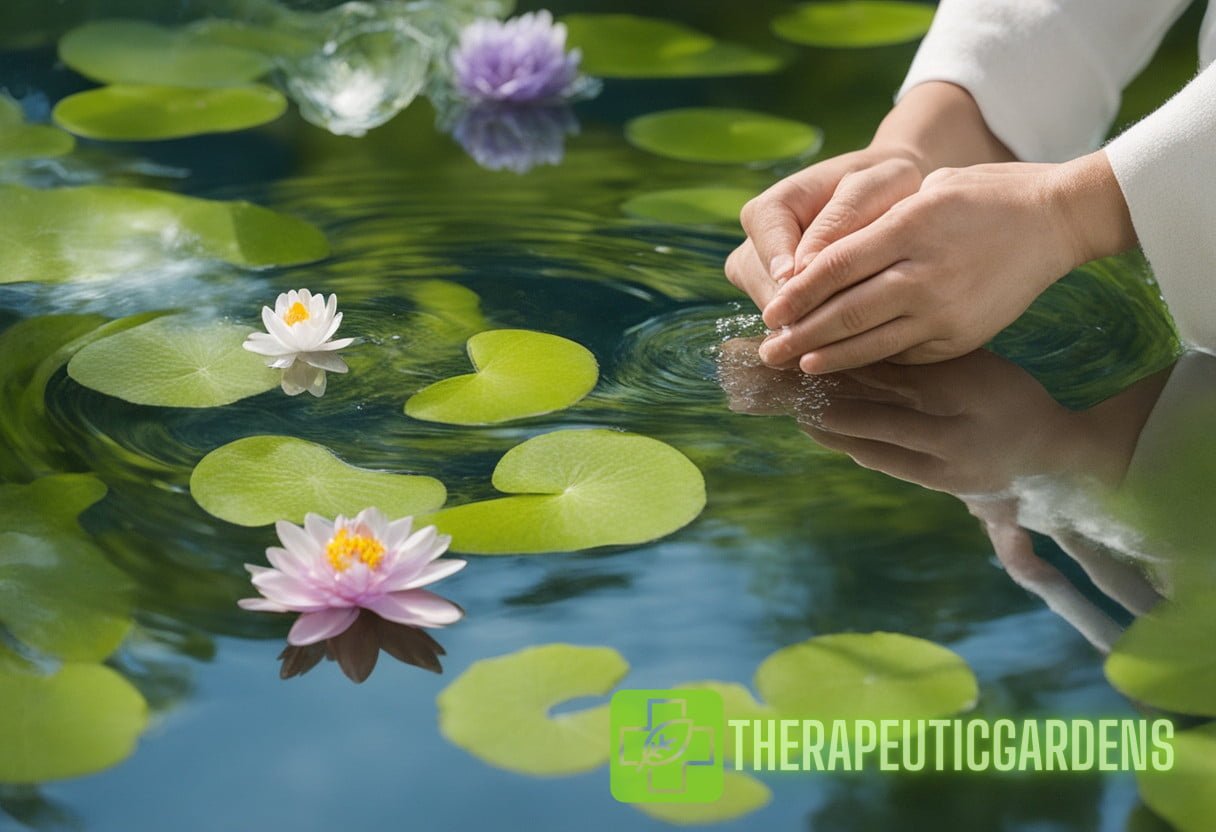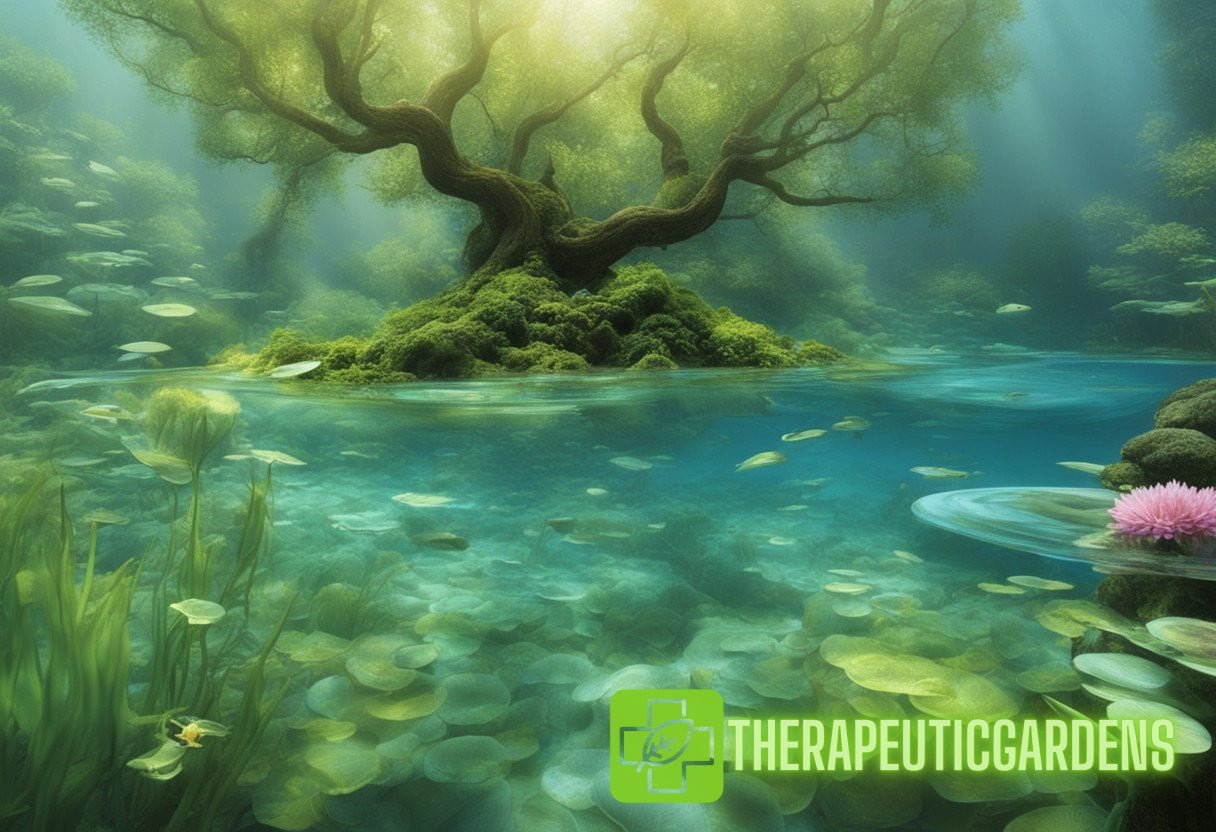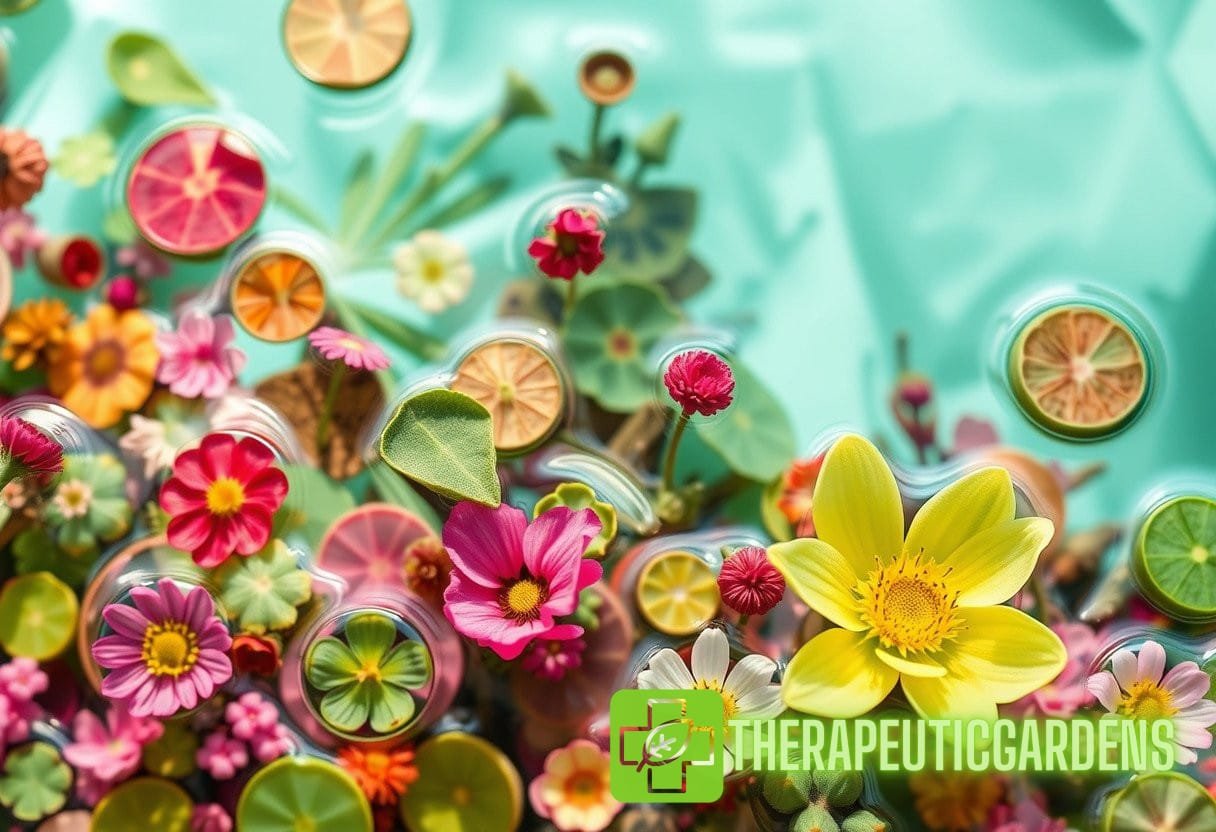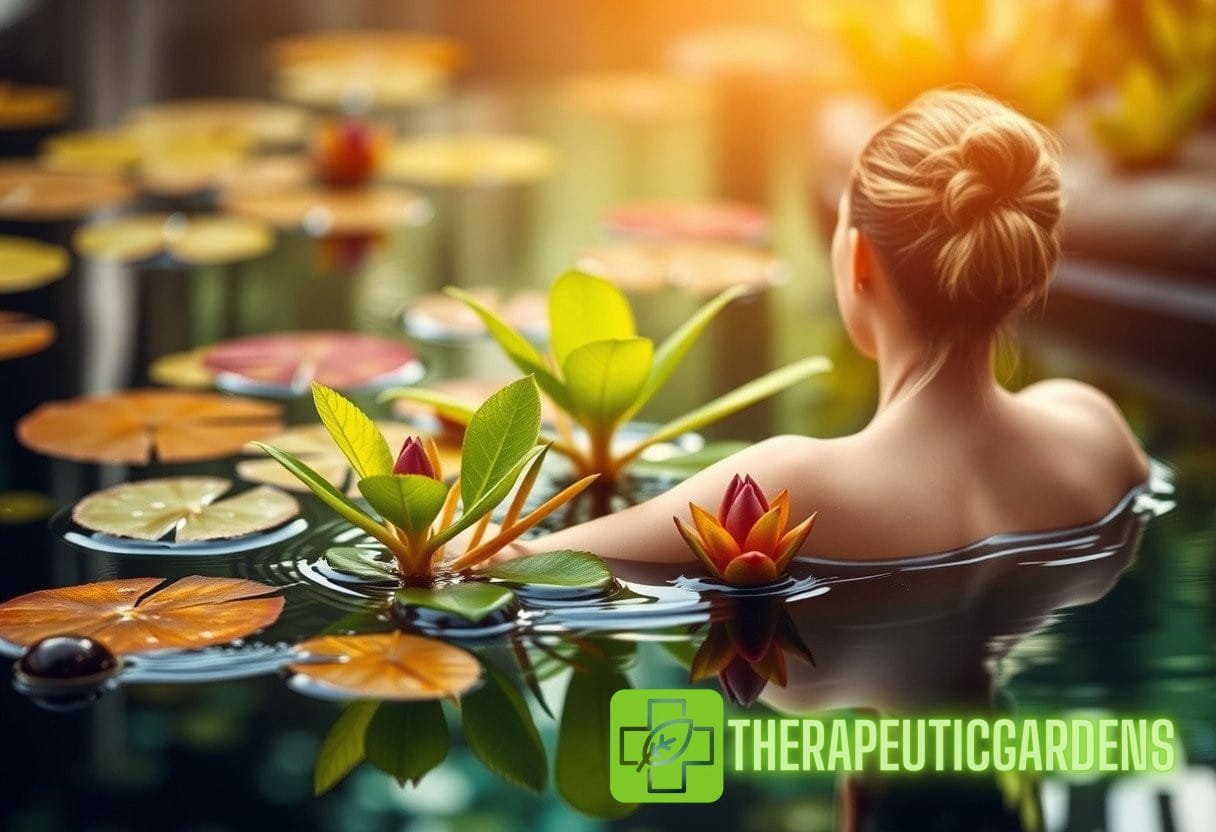Aquatic Harmony: Exploring the Synergistic Healing of Water-Integrated Flora
As the complexities of modern life continue to mount, many individuals are turning to nature for solace and therapeutic benefits. One fascinating area emerging within the realm of therapeutic plants is the aquatic harmony achieved through the integration of flora in water environments. This intriguing approach is gaining traction due to its profound ability to create balanced ecosystems that promote healing and well-being.
Understanding Aquatic Harmony
At its core, aquatic harmony refers to the synergistic relationship between water and plants, where both elements mutually benefit and create a balanced, nurturing environment. This integration can take many forms, from floating gardens to submerged aquatic plants, each offering distinct therapeutic properties.
The Science Behind AquaFlora
Aquatic plants are not only aesthetically pleasing but also serve as natural purifiers, filtering toxins from the water and creating a healthier ecosystem. Here are some key benefits backed by scientific data:
- Improved Air Quality: Many aquatic plants release oxygen and absorb carbon dioxide during photosynthesis, thereby enhancing the air quality around them.
- Stress Reduction: The presence of water and green plants has been shown to lower stress levels, reduce anxiety, and improve overall mental well-being.
- Natural Filtration: Aquatic plants like water hyacinth and duckweed can absorb heavy metals and other contaminants from water, making them excellent natural filters.
For a deeper dive into specific aquatic plants and their healing properties, you can refer to our article on aquatic remedies.
Types of Water-Integrated Flora
The variety of flora that can be integrated into aquatic environments is vast. Below, we explore some of the most popular and beneficial types:
- Floating Plants: These plants float on the water’s surface and are often used in small garden ponds. Popular examples include Water Lilies (Nymphaea) and Lotus (Nelumbo).
- Submerged Plants: These plants grow entirely underwater and are crucial for oxygenating water bodies. Notable examples are Eelgrass (Vallisneria) and Hornwort (Ceratophyllum).
- Emergent Plants: These plants are rooted in the waterbed but grow above the water’s surface. Cattails (Typha) and Bulrushes (Schoenoplectus) are prime examples.
Therapeutic Applications of Aquatic Harmony
The therapeutic applications of integrating flora into aquatic environments are immense. These applications range from individual mental health benefits to broader environmental impacts:
Individual Benefits
- Mental Health: The tranquil environment created by aquatic plants has been shown to reduce symptoms of anxiety, depression, and stress.
- Physical Rehabilitation: Water-integrated gardens are often used in physical rehabilitation settings to promote calmness and aid in physical therapy exercises.
Environmental Benefits

- Ecological Balance: Aquatic plants contribute to maintaining ecological balance by providing habitats for various aquatic organisms.
- Water Purification: They help in purifying water by absorbing toxic elements and providing a clean habitat for wildlife.
To explore more about how therapeutic plants can be integrated into your own life, have a look at our guide on top healing herbs for therapeutic gardens.
Implementing Aquatic Harmony in Your Life
Integrating aquatic plants into your personal space or community area is a rewarding endeavor that can yield numerous benefits. Here are some steps to get started:
- Identify Suitable Space: Determine whether you have a pond, water feature, or another water body that can sustain aquatic plants.
- Select Appropriate Plants: Choose plants that thrive in your climate and water conditions.
- Maintain Water Quality: Regularly check the water quality to ensure it remains conducive for plant growth.
- Monitor Plant Health: Keep an eye on the health of your plants to swiftly address any issues like pests or diseases.
Success Stories and Case Studies
Several success stories and case studies illustrate the powerful impact of water-integrated flora:
- Urban Spaces: Cities like Singapore have embraced vertical gardens integrated with water features to enhance urban aesthetics and air quality.
- Rehabilitation Centers: Places such as the Craig Hospital in Denver have integrated aquatic gardens into their therapy rooms to boost patient recovery.
The Future of Aquatic Harmony
As the world becomes increasingly aware of the benefits of aquatic harmony, it’s anticipated that more individuals and communities will adopt these practices. Future advancements may include:
- Technological Innovations: The use of smart sensors to monitor water quality and plant health.
- Educational Programs: Increased awareness through educational programs and community initiatives.
- Sustainable Practices: Developing eco-friendly methods for integrating aquatic plants in various settings.
Conclusion
Aquatic harmony presents a promising avenue for those seeking the dual benefits of beautifying their surroundings while fostering therapeutic and ecological health. By exploring the synergistic relationship between water and flora, we can harness the natural healing properties of these environments to enhance both personal well-being and environmental sustainability.
For those eager to delve deeper into the fascinating world of therapeutic plants and their applications, consider exploring additional resources and articles available at Therapeutic Gardens, such as our comprehensive guides on aquatic remedies and top healing herbs.



